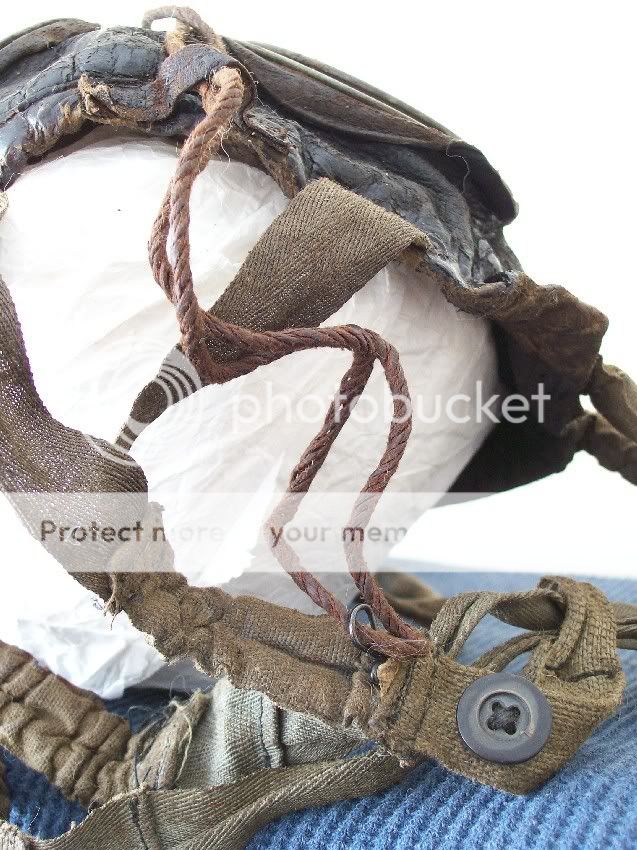Stahlhelm
Active member
Brian,
I'm surprised you're selling such a nice Gummimaske. I look forward to seeing how it does.
Are either of the cans maker marked? I have a leather mask with the same style of can as yours, and it's marked S&H.
On these leather masks, I always look at how and where the hook (loop) for the string is fastened to the mask's lower plate. I don't see the hook in the pictures, and was wondering if you can tell if it ever had one or if it's missing. Here are 2 different versions I've seen.

I'm surprised you're selling such a nice Gummimaske. I look forward to seeing how it does.
Are either of the cans maker marked? I have a leather mask with the same style of can as yours, and it's marked S&H.
On these leather masks, I always look at how and where the hook (loop) for the string is fastened to the mask's lower plate. I don't see the hook in the pictures, and was wondering if you can tell if it ever had one or if it's missing. Here are 2 different versions I've seen.










